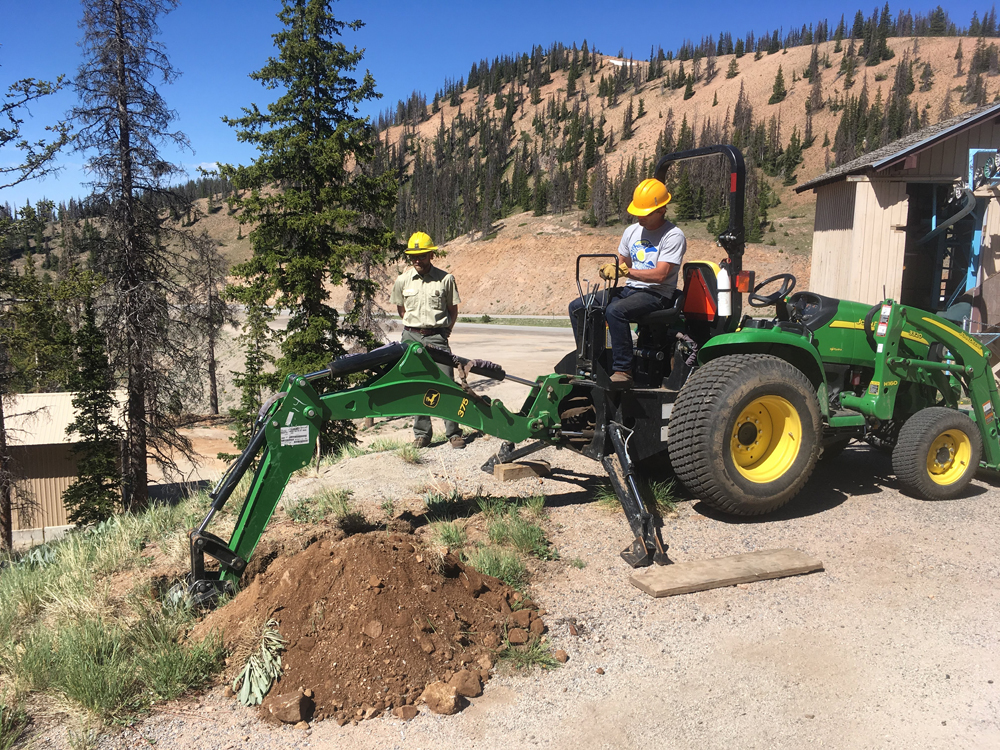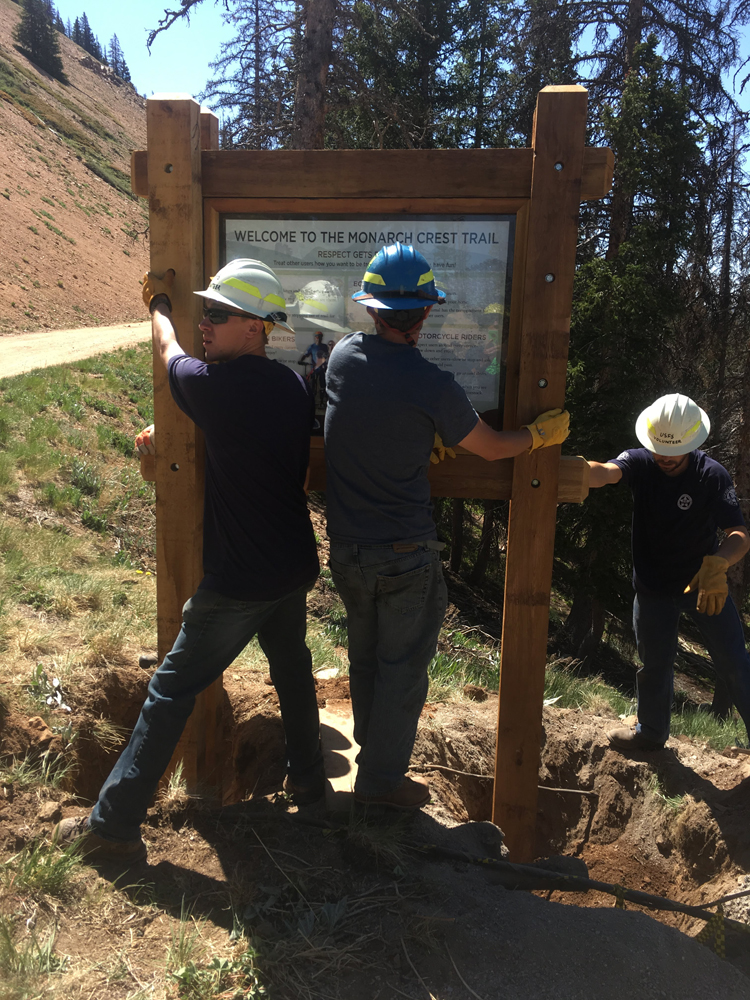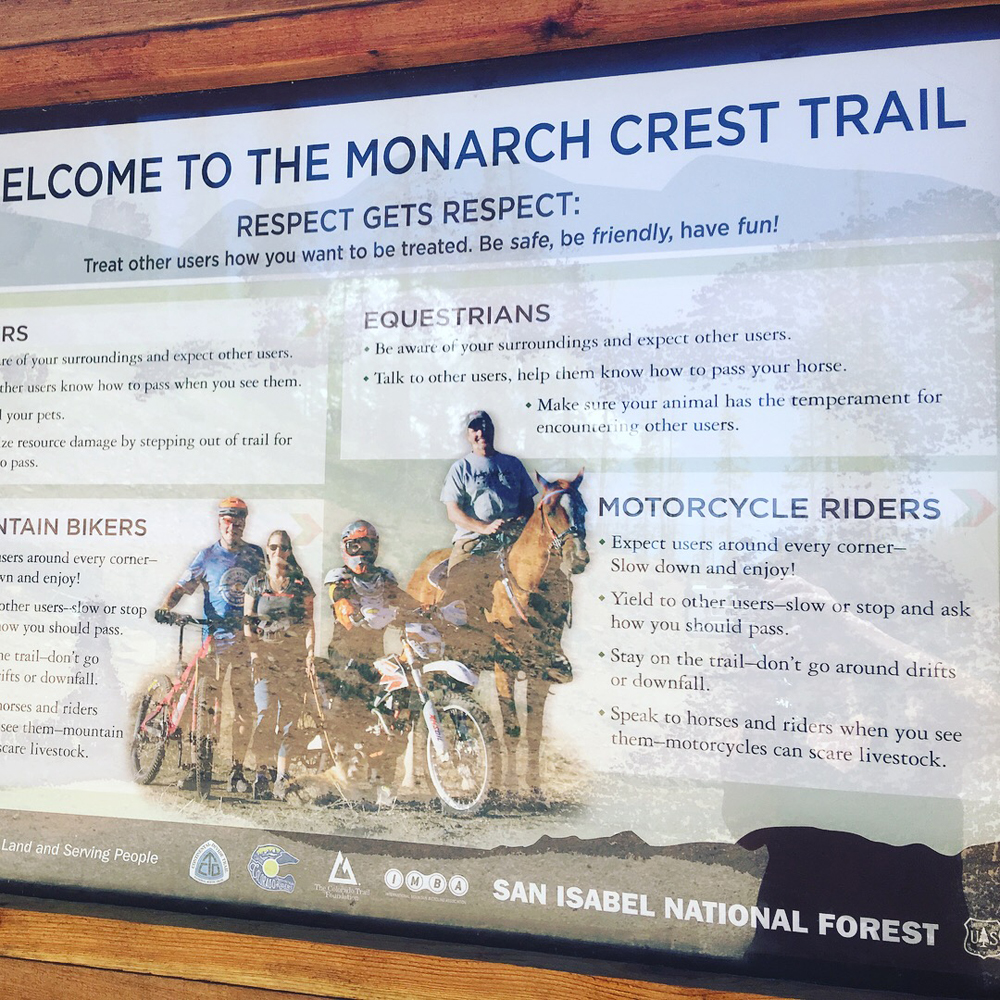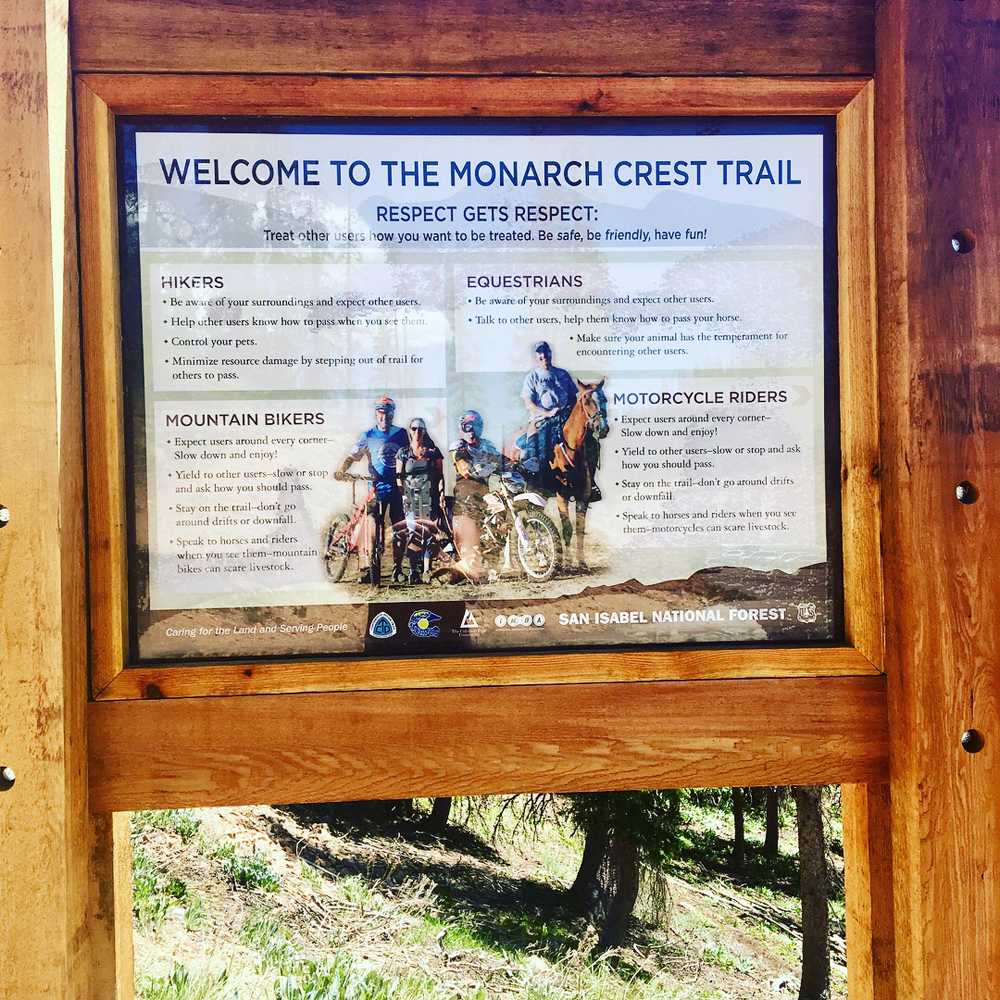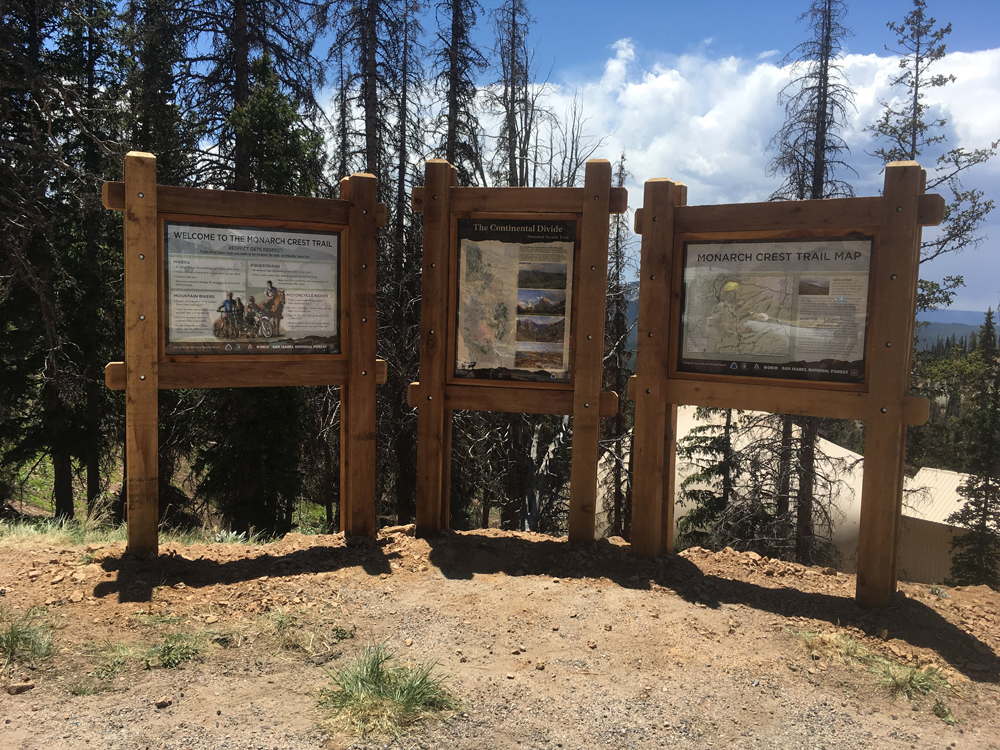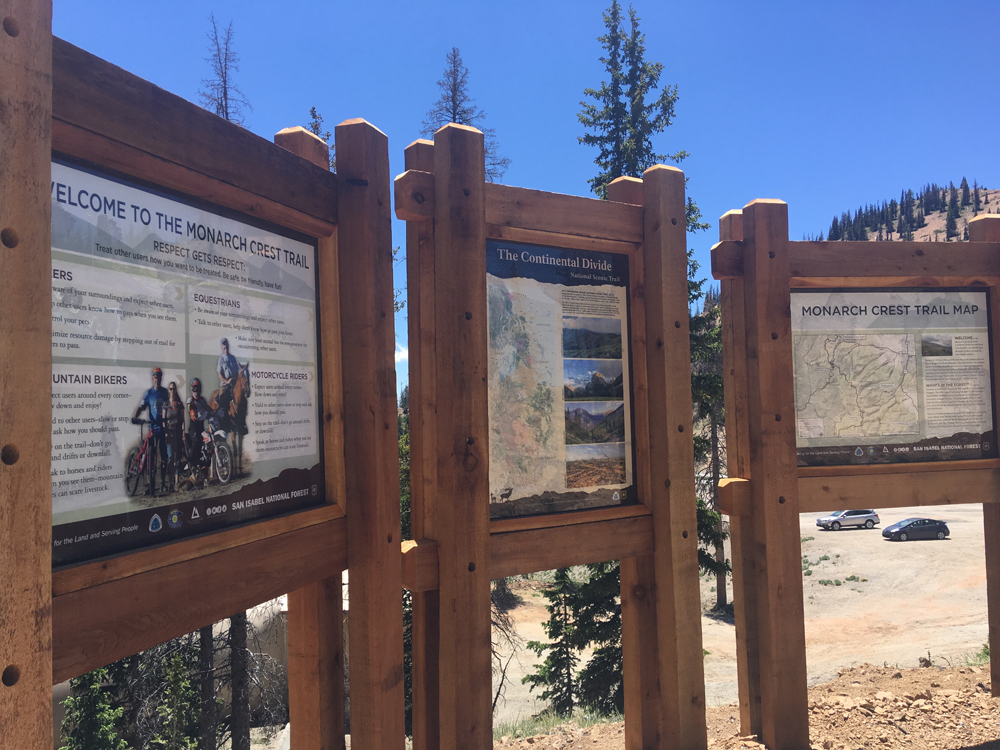By Paul Turcke
Lead Counsel
Sharetrails.Org/BRC
We’re working on some important projects, during which several participants have remarked at the “strange” or “convoluted” US Forest Service administrative process. It might be a good time to review the structure of this process and some note-worthy elements and effective strategies.
There are no simple answers or magic slippers. Solid participation is important, but this is not a voting process. Technology makes it ever easier to generate tens of thousands of form comments. These are noted and largely discounted by the agency and are even counter-productive. Nor is there a way to rig the outcome through personal back channels or some scientific trump card. A winning strategy might vary for each project and reflect a blend of law, history, science, site characteristics, local/national politics, and personalities of key participants.
It’s always important to understand the basic rules of the game. Most National Forests now conduct vigorous “scoping” at the outset of a travel planning process and seek comments on the purpose of and potential alternatives. From this input, and internal specialist feedback, the National Forest might announce a draft range of alternatives, or proceed to a draft environmental review document. For our discussion, we will assume this will be a draft environmental impact statement, or ‘DEIS,’ as opposed to the supposedly less rigorous environmental assessment.
The DEIS is a key stage in the process. Where comments count, it is here. For jurisdictional purposes, one cannot advance issues in an administrative challenge or future litigation that were not raised or contemplated by one’s DEIS comments. This is often the best, and perhaps last, chance to modify the National Forest’s vision for the project. The agency’s investment in an outcome will develop and grow from here. If you hope to engage brilliant professional consultants, including lawyers, this is the time to do it.
The next step, which can take a year or more, is to release a Draft Record of Decision (‘ROD’) and final environmental impact statement (‘EIS’). Where we are dealing with a “project or activity” decision, formal publication of the Draft ROD triggers a 45 day period to file “objections.” The current review process was adopted in 2013 and is called a “predecisional administrative review” and supposedly reflects a more efficient approach modeled after the Healthy Forests Restoration Act of 2003. Readers here know that the words “efficiency” and “US Forest Service” cannot realistically appear in the same sentence. This “project or activity” review process is outlined at 36 CFR part 218, while a slightly different process for Forest Plan amendments is found in the adjacent part 219.
The process is conducted by a ‘Reviewing Officer’ who typically occupies an office on step above that of the ‘Responsible Official’ who made the objected-to decision. The process includes the opportunity for a “resolution,” which the Reviewing Officer has broad latitude in deciding whether or how to explore. A resolution is difficult to achieve, but might offer a big upside for all involved, through certainty and avoidance of litigation costs. It is not entirely clear to what extent a resolution can change the Draft ROD. Objectors who agree to a resolution will likely waive future rights to litigate, but what about objectors who don’t sign off on the resolution, or participants who never objected because they favored the Draft ROD, but oppose changes in the resolution? The answer may involve the extent to which the resolution lies within the DEIS range of alternatives, but the safest approach will be to conduct further process or at least re-open a new 45 objection period within which to object to the resolution.
These mind-numbing possibilities may be one reason why resolutions rarely occur. Instead, the Reviewing Officer typically issues a “response.” This must be in writing, and occur in a relatively short timeframe, within 45 days of the objection deadline, which can be extended once an additional 30 days. A response will likely say “nice try but the Draft ROD is valid” or “the Draft ROD is valid but I instruct the Responsible Official to clarify (read “fortify”) these specified issues.” A response which upholds an objection(s) and directs the National Forest to start over is theoretically possible, but highly unlikely.
Regardless, some period of time typically follows before the Responsible Official issues a Final ROD. Based on the Reviewing Officer’s instructions, if any, there might be slight tweaks to the decision. However, as noted before, the agency forms a vision relatively early in the process, and deviating from that vision is not only expensive, but might create procedural risk. Perhaps Congress felt good calling this a “predecisional” review process, but a review process conducted within the same agency by people who know one another on a first name basis will unsurprisingly tend to rationalize decisions previously made.
This might seem a dark view of the process, but our purpose is quite the contrary. Savvy participants should understand the procedural roadmap, seize opportunities to make a difference and conserve resources otherwise spent pounding at a figurative brick wall. Before you embark on your first or next journey in the process, consider calling us here at Sharetrails.org/BRC.
